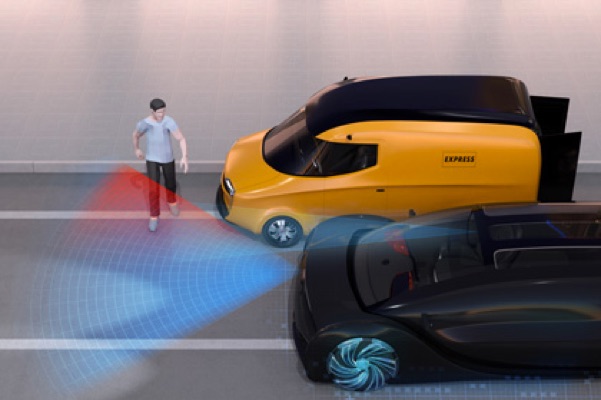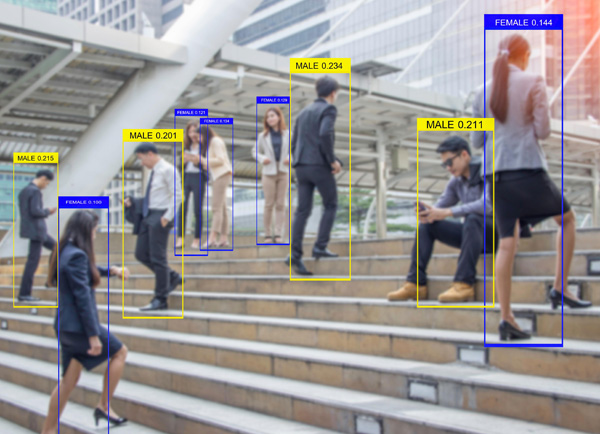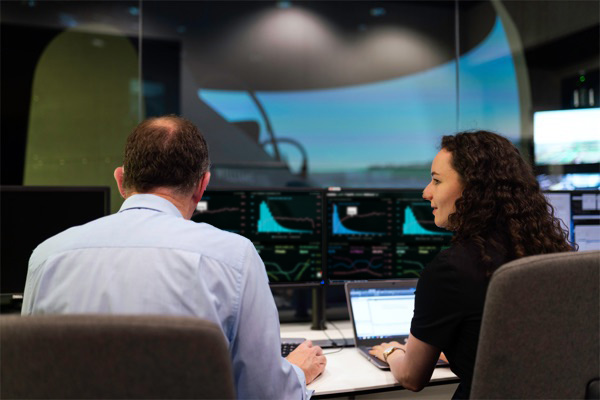
Smart Cities
A true "smart city" relies on edge computing, meaning that local AI processing will be more crucial than cloud computing. A smart city uses different types of IoT devices to collect real-time data, maintain individual privacy, and manage assets, resources and services efficiently.

PEDESTRIAN SAFETY
With cameras connected to tinker, or tinker on vehicles, it can provide the whole picture of the traffic through digital signages on the road or the navigation system in cars. Tinker on vehicles can also monitor for pedestrians and bicyclists, reducing the possibility of accidents caused by blind spots.

POPULATION FLOW
Governments and companies can understand population flow in physical spaces with a distributed network of Tinker-enabled sensors and cameras. The data feed from cameras is analyzed and notifies the users regarding the congestion or the moving pattern of population, helping users to distribute shared resources efficiently and improve incident response.

OCCUPANCY DETECTION
With sensors, Tinker can detect people and monitor activity — while preserving individual privacy — in order to optimize energy utilization ,increase productivity and manage physical spaces usage, drastically reducing operations costs and increasing efficiency.

AIR-QUALITY MONITORING
Poor air quality is the most serious environmental health issue globally and the primary driving force for ambient air-quality monitoring. Local AI provides the ability to identify air contamination, and governments or companies can build environmental solutions by using Tinker with air quality sensors.